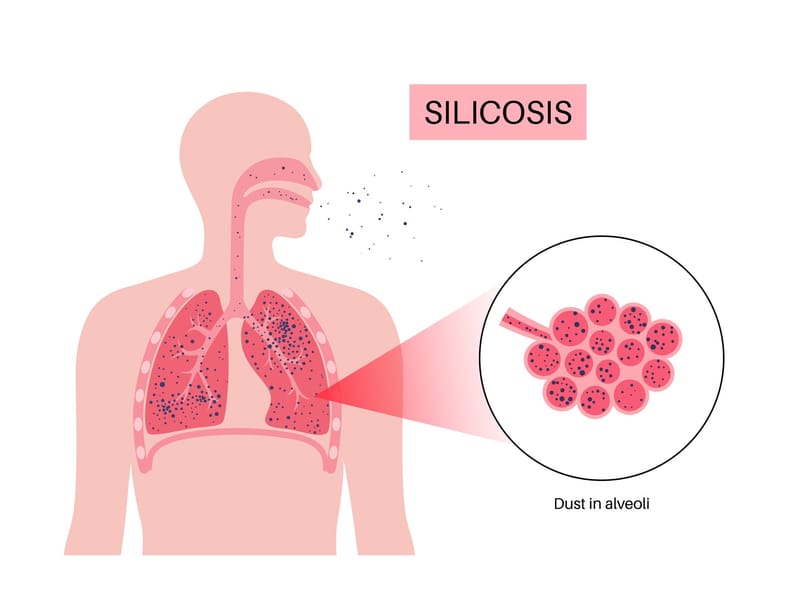
Last year was, globally, a difficult time for women and their reproductive health.
Our sisters in the United States continued to grapple with the fallout from the 2022 US Supreme Court decision to overturn Roe v Wade, which led to the removal of American women’s constitutional right to abortion. Upheld for nearly 50 years, it was a reminder of just how fragile women’s control over their reproductive health rights are.
Read more: Now that Roe v Wade has been overturned, what are the consequences?
In Australia, we fared much better.
In our parliament, the Greens’ Senator Janet Rice first raised the motion for an inquiry into universal access to reproductive health last year.
She called for the Australian government to have a more cohesive approach to sexual and reproductive health for Australian women, including a focus on contraception, sexual healthcare and education, and improved access to abortion, which currently is a “postcode lottery ... with different rules, costs, and availability, depending on where you live”.
Federal and state health ministers have acted
The Assistant Minister for Health and Aged Care, Ged Kearney, has established a National Women'’ Health Advisory Council. With a strong focus on access, care and outcomes, the council provides strategic advice and recommendations directly to government on how to improve the nation’s health system to provide better, more targeted and effective healthcare for Australian women.
Abortion is now far more accessible than it was even two years ago.
Read more: Breaking down the barriers to abortion access in Australia
In July 2023, the Therapeutic Goods Administration (TGA) removed unnecessary requirements for GPs to undertake mandatory training, registration and reregistration every three years in order to prescribe the medical abortion pill MS-2 Step (mifepristone and misoprostol).
This has made the prescribing of medical abortion the same as the prescription of any other medication in a general practice setting.
Pharmacies too are now able to stock and dispense abortion medication like any other prescription.
For women in towns – and there are many – where there isn’t a GP, or a GP willing to prescribe the abortion pills, being able to have these medications dispensed by their local pharmacist, and delivered by nurse practitioners and endorsed midwives, is truly revolutionary in the access it opens to all Australian women.
In Western Australia, legislative changes have brought the state in line with the rest of Australia.
Key changes included removing the need for women to be referred for an abortion by a doctor, no longer requiring women undergo mandatory counselling, and moving provisions out of WA’s criminal code –treating abortion like the healthcare it is in law.
Other states and territories have also made a considered effort to make abortion and contraception more accessible.
In Victoria, more public hospitals are now providing surgical abortion services.
In South Australia in 2022, laws were passed enabling women to receive a medical abortion in primary care, outside a hospital setting.
The ACT has introduced no-cost abortion in the territory, and many states now allow pharmacists to resupply combined oral contraceptive pills to women who are already on it but haven’t got a prescription, so they don’t get caught without protection.
What about the cost?
However, with the cost-of-living crisis sqaurely on the minds of Australians, the Treasurer, Jim Chalmers, and the government more broadly, there’s a key issue that requires tackling, and that’s the affordability of contraception and abortion in this country.
Many women are paying a dollar a day for their contraceptives because so many aren’t subsidised by the Pharmaceutical Benefits Scheme (PBS) – and having long-acting reversible contraception such as IUDs inserted is expensive and a significant burden for many Australian women and girls.
And for those who need to access a surgical abortion, again, this is almost universally done by private providers, and again can be prohibitively expensive.
Countries such as Canada and the United Kingdom are leading the way with free contraception and abortion services – and we need to follow suit.
The federal government would do well to introduce measures to ease these costs for women in the May budget.
It also needs to ensure that the Medicare item numbers introduced for telehealth sexual and reproductive health consultations that allow women to access essential services such as medical abortion remotely without the need to have consulted that GP before are made permanent.
It’s reassuring to know that, in a post Roe v Wade world, Australia has done an enormous amount to address the inequity of access to abortion. But as long as abortion and contraception remains costly then it also remains a privilege and not a right.,





